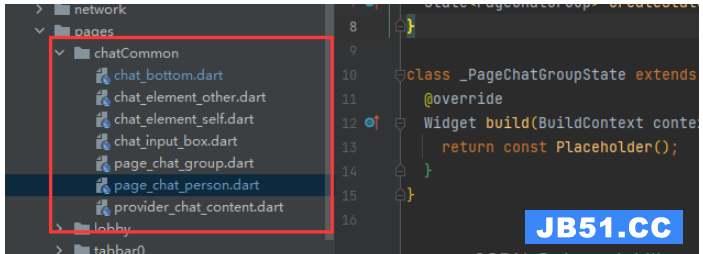class Stack extends MultiChildRenderObjectWidget {
/// Creates a stack layout widget.
///
/// By default, the non-positioned children of the stack are aligned by their
/// top left corners.
Stack({
Key? key,
this.alignment = AlignmentDirectional.topStart,
this.textDirection,
this.fit = StackFit.loose,
@Deprecated(
'Use clipBehavior instead. See the migration guide in Flutter.dev/go/clip-behavior. '
'This feature was deprecated after v1.22.0-12.0.pre.',
)
this.overflow = Overflow.clip,
this.clipBehavior = Clip.hardEdge,
List<Widget> children = const <Widget>[],
}) : assert(clipBehavior != null),
super(key: key, children: children);
这里先来看看层叠布局的源码,首先是alignment = AlignmentDirectional.topStart,这里默认设置了Stack的组件在母组件中是从顶部,左侧开始绘图。
这里提一嘴,在android中,x轴和y轴都是从左上角开始的,从左往右是x,从上往下是y,这里的top是指y轴,从上往下开始,对应的是bottom,从下往上,start是从左往右,end是从右往左。
然后是fit = StackFit.loose,指子组件设置的多大长宽,那就是多大。如果是expand,那就是指子组件和父组件一样大。
overflow = Overflow.clip,指当子项太多溢出时,要如何进行处理来显示。这里将根据父项的边界进行裁剪,即能显示多少显示多少,显示不了的就丢掉。
clipBehavior = Clip.hardEdge,是指以非抗锯齿的形式进行裁剪。
return Container(
width: double.infinity,
color: Colors.grey,
/**
* Stack子widget不设置宽高,默认占满全屏
*/
child:Stack(
alignment: AlignmentDirectional.topEnd, //设置该组件的绘图位置是从母组件的顶部,右侧开始绘画。
children: [
Container(
color:Colors.green,
width: 100,
height: 100,
),
Container(
color:Colors.red,
width: 50,
height: 100,
),
],
),
);

如图可知,红色块是覆盖在绿色块上方的,在stack中,后一个组件是会覆盖在第一个组件上方的。此外还需要注意的是,在stack中,如果子组件没有设置宽高值,那么就会默认占满stack。
相对定位positioned
Positioned(
width: 200,
height: 200,
child: Container(
color: Colors.yellow,
// height: 300, 当positioned设置了宽高,这里面设置就没用了
// width: 300,
),
//top:10,
//left: 10,
),
在positioned中,如果positioned设置了宽高,则子项的宽高无效
Positioned(
width: 300,
height: 400,
child: Container(
color: Colors.yellow,
),
top:10,
left: 10,
bottom:10,
),

这里需要注意的是,positioned的height、top、bottom三者必须有一个为空(不设置值),同理,width、left、right三者也必须有一个为空。


